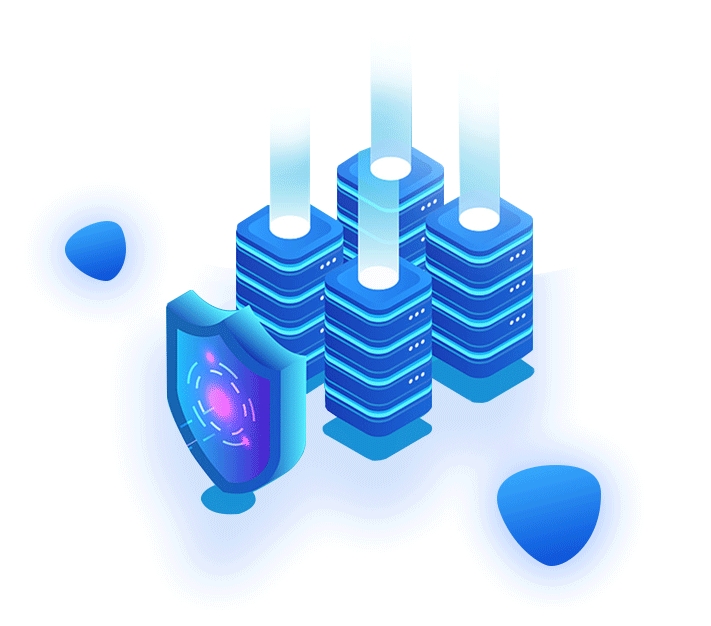In the rapidly evolving world of networking, organizations constantly seek innovative solutions to enhance both performance and reliability. One such solution that has been gaining traction is SD-WAN DIA. Brands like GoSDWAN are leading the charge, providing robust solutions that help businesses navigate the complex landscape of modern networking. This article will delve into the core aspects of SD-WAN DIA, its purpose, and its immense benefits for your network.
Dedicated Internet Access (DIA) is a premium, high-performance internet service that provides dedicated bandwidth exclusively for an organization’s use. Unlike standard broadband services, which are often shared among multiple users, DIA offers greater reliability and symmetrical speeds (equal upload and download rates). This ensures that businesses can maintain consistent performance levels, whether they are uploading large files, hosting video conferences, or running cloud applications.
The reliability and consistent performance of DIA make it an ideal choice for businesses that require robust and uninterrupted internet services. Given that modern organizations depend heavily on cloud-based applications and real-time communication, the demand for dependable internet services like DIA continues to grow.
To grasp the concept of DIA within the framework of SD-WAN, it’s important first to understand what SD-WAN (Software-Defined Wide Area Networking) encompasses. SD-WAN is an innovative approach to networking that uses software-based technologies to manage and optimize wide-area networks.
When DIA is integrated into an SD-WAN setup, referred to as sdwan dia, it combines the benefits of dedicated internet services with the advanced capabilities of SD-WAN technology. This integration offers a more efficient, reliable, and secure network experience. With sdwan dia, businesses can prioritize critical applications and data flows, ensuring optimal performance across multiple sites.

The primary purpose of configuring a basic SD-WAN DIA setup is to exploit the advantages of both SD-WAN technology and DIA services. Here are the key benefits:
The integration of DIA into an SD-WAN setup significantly enhances network performance. Given that DIA provides dedicated bandwidth, companies can avoid the performance degradation typical of shared broadband services. Additionally, SD-WAN can dynamically route traffic based on real-time network conditions, ensuring optimal performance for critical applications.
Reliability is paramount for modern enterprises. With SD-WAN DIA, organizations benefit from the inherent reliability of dedicated internet services. Furthermore, SD-WAN technology can automatically reroute traffic in case of a link failure or performance degradation, providing redundancy and ensuring business continuity.
Although DIA services are generally more expensive than traditional broadband, the optimization capabilities of SD-WAN can lead to overall cost savings. Businesses can leverage cheaper connectivity options alongside DIA, using SD-WAN to manage traffic routing effectively. This hybrid approach can reduce costs while maintaining high performance and reliability.
One of the standout features of sd wan china is the simplicity it brings to network management. It allows for centralized control and simplified configuration of multiple sites through a single interface. Integrating DIA into this setup means that businesses can manage a complex network infrastructure with greater ease and efficiency.
Security is a major concern in today's digital landscape. SD-WAN technology comes with built-in security features such as encryption, segmentation, and advanced threat protection. Combining these features with the dedicated nature of DIA ensures a secure and isolated environment for business-critical applications and sensitive data.
Configuring a basic SD-WAN DIA setup involves several essential steps:
Assessment and Planning: Start by assessing existing network infrastructure and identifying critical applications and bandwidth requirements. Planning includes choosing the right SD-WAN and dia service providers like GoSDWAN, which offer seamless integration and support.
Deployment of SD-WAN Devices: Deploy SD-WAN edge devices at all relevant sites. These devices will handle routing, traffic management, and other network functions.
Integration with DIA: Integrate DIA services into the SD-WAN setup. This involves connecting the dedicated internet line to the SD-WAN devices.
Centralized Configuration and Management: Use the centralized SD-WAN management platform to configure network policies, prioritize traffic, and set up security protocols.
Continuous Monitoring and Optimization: Once the setup is operational, continuous monitoring is crucial. SD-WAN platforms typically offer monitoring tools that can help optimize the network for performance and reliability continually.
The integration of Dedicated Internet Access into SD-WAN setups, or SD-WAN DIA, represents a significant advancement in networking. By leveraging the benefits of both technologies, businesses can achieve superior performance, reliability, and security for their network infrastructure. Brands like GoSDWAN are at the forefront of this transformation, providing solutions that cater to the growing demands of modern enterprises. As organizations continue to depend on cloud-based applications and real-time communications, the importance of robust, reliable, and efficient network solutions like SD-WAN DIA cannot be overstated.





